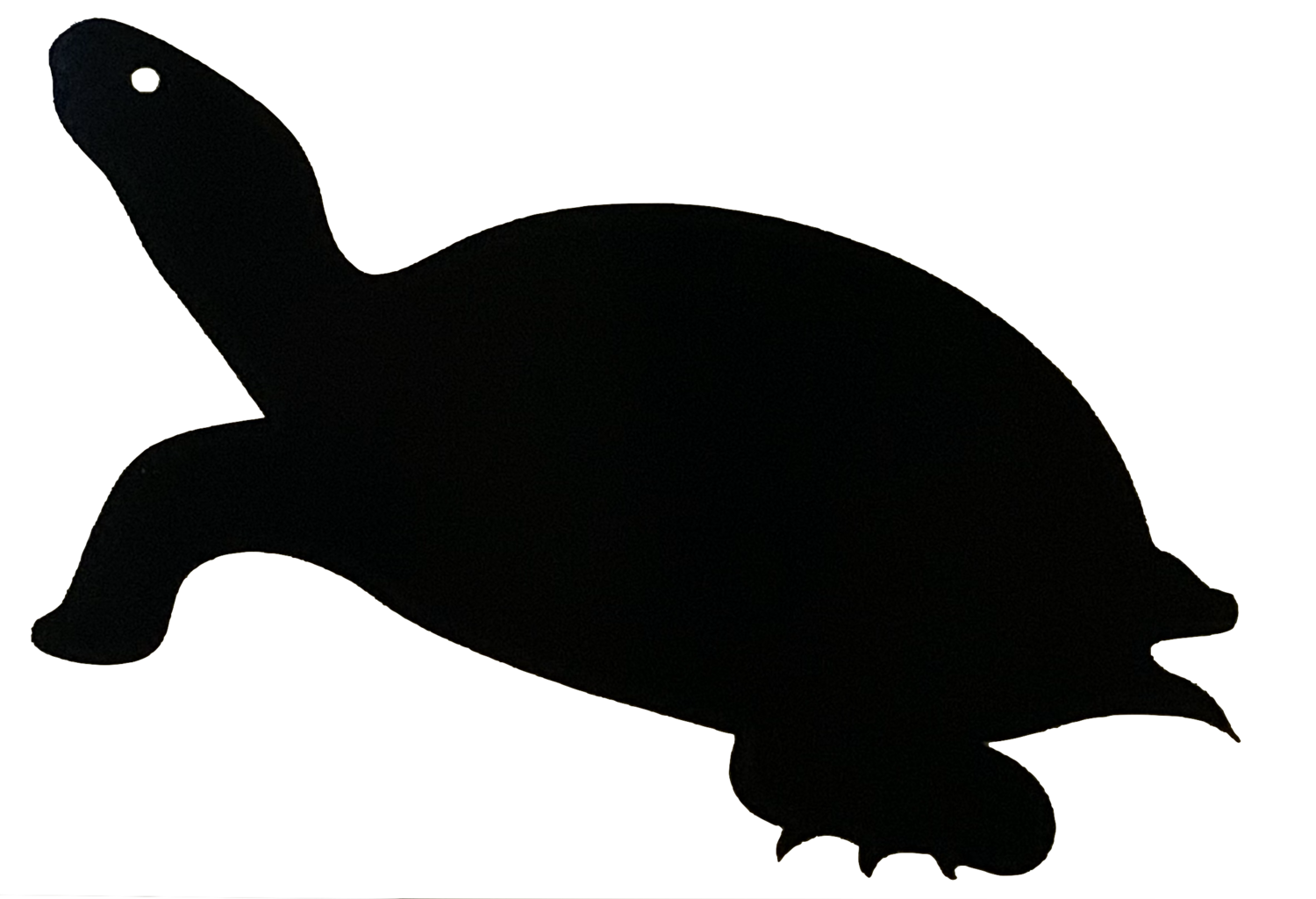Turtle Facts
General turtle facts
It is illegal to dig up a turtle nest, even if it is on your private property
It is illegal to keep a native turtle captive for any reason
Pet turtles should not be released into the wild but instead given to an adoption organization like Little RESQ
The Ontario Turtle Conservation Centre accepted more than 1500 turtles in 2019 for trauma treatment
In 2019, Sandy Pines Wildlife Centre harvested close to 800 eggs from gravid turtles who did not survive road trauma
Fishing hooks are often mistaken as food and ingested by turtles
It is illegal to keep a native turtle as a pet
Turtle life
Turtles can live well over 100 years but, it is not really understood how long turtles live. Part of the problem is that they are such a long-lived species that they outlive the length of the research project.
Turtles will take 8-20 years to reach sexual maturity
Less than 1% of all turtle eggs reach sexual maturity, mostly due to predation
Female turtles can hold onto sperm for 2-3 years, so they can fertilize themselves
It takes 60-90 days for a turtle hatchling to emerge from its shell
Turtles are omnivorous, eating both plants and animals
Turtles are ‘cold blooded’ reptiles (ectotherms), meaning their internal temperature matches that of their surroundings. Because of this, they cannot function in cold temperatures. Instead they brumate (similar to hibernation). It also means they take a long time to heal from injuries
For most species, the turtle and its shell both grow, as a result the shell will shed or peel away to make way for new, larger scutes - known as scute shedding
Turtles do not have teeth but rely on powerful jaws to eat
A turtle’s sex is determined by the temperature of the nest when they are incubating
It is hard to determine the age of a turtle, since they don’t have any highly visible characteristics that can help identify their age, not even size
Turtles do not have a diaphragm to help them breathe, so they are prone to respiratory issues
Turtles can survive long periods without food. Oddly, they will not lose weight when they don’t eat for extended periods
Turtles never die of old age, since their bodies stop aging once they reach maturity
Male turtles are into ‘head bopping’ and will jerk their heads up/down and side to side to release pheromones into the water
Specific Turtle Facts
Snapping turtles can hold their breath for more than 10 minutes
Female Snapping turtles can travel 8 km looking for a suitable nesting place
Snapping turtles snap for defensive reasons because they are not able to retract into their shells
Blanding’s turtles have hinged shells that allow them to close both halves like a clam for protection
Blanding’s turtles have a range of 15 km
Only the Blanding’s and Wood turtles can eat outside of the water, all other Ontario species must use the water to swish the food around in their mouths as they grind it up.
Northern Map turtles brumate (hibernate) by congregating in large groups. It is not understood why
The female Northern Map turtle can grow to twice the size of the male
The Northern Map turtle gets its name from the fact that the lines on their shell resemble lines on a map
Northern Map turtles have elevated risk for boat impact injuries as they travel across lake waters
Eastern Musk turtles get their name and nick name ‘Stinkpot’ from the musky, stinky liquid they use for communication and to ward off predators
Musk turtles spend almost all their time in the water and are the smallest species of turtle in Ontario
It is unknown where Eastern Musk turtles lay their eggs, but eggs have previously been found on beaver dams — sometimes not even covered
Musk turtles have small back legs not designed for digging
Painted turtles do a ‘face tapping’ dance (see video)
Turtles as part of the ecosystem
Turtles are a keystone species, meaning other species in an ecosystem depend on their presence
Turtles are considered wetland custodians, since they eat a tremendous amount of bacteria-producing carrion and decaying vegetation, helping to keep waters clean
Turtles species and numbers
There are 320 species of turtle in the world
Turtles have been on the planet for more than 220 million years (220,000,000 years)
Habitat loss is the main reason for the decline of turtle populations
Road mortality is the second highest reason for turtle population decline
There are 10 species of turtles in Canada. All are classified as Species at Risk. Eight of these are found in Ontario (five in the Kingston area)
The upper shell of a turtle is called the carapace. The bottom shell is the plastron
Turtles have nerve endings in their shells, so they will feel pain when they are cracked or split
Turtles have ears, so they can hear quite well
